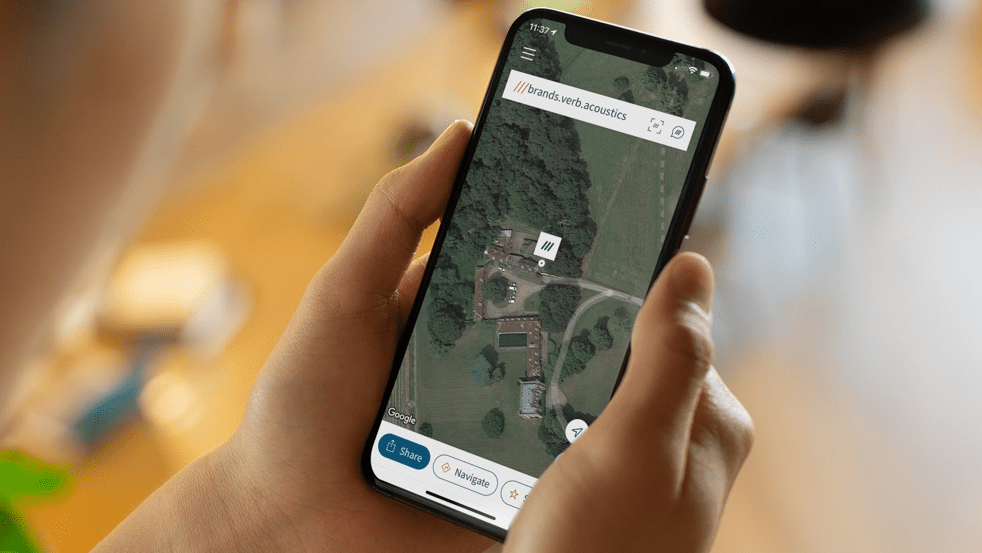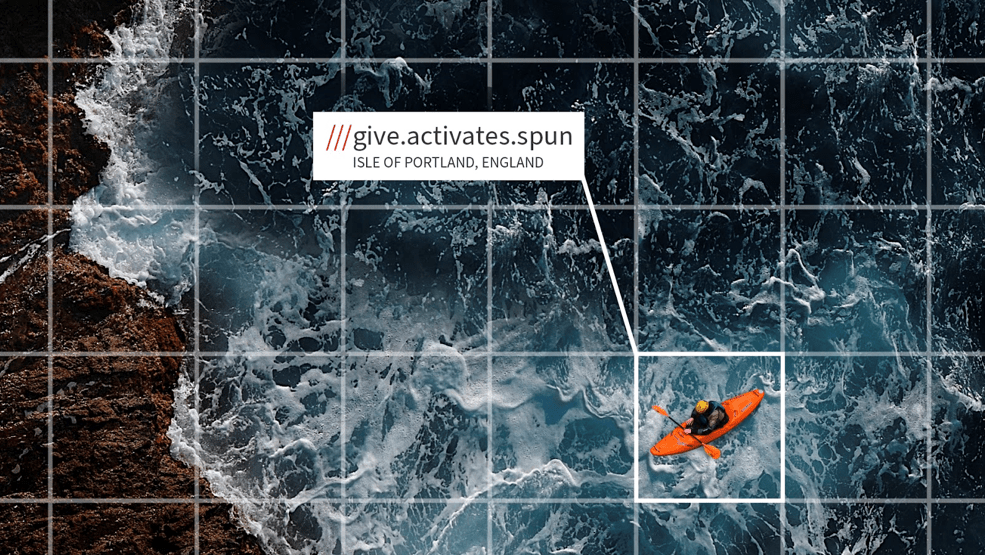Ryan is the Marketing Communications Executive at Data8, taking care of digital content in various areas of marketing.
what3words & kayaking safety
During the summer, many of us in the UK are looking for a way to cool off from the summer sun. Some may simply pump up a paddling pool in their garden to unwind, whereas others may be looking at the more traditional cooling off points such as the sea, lakes, rivers and streams. Near where I live in Chester, people have been flocking in their hundreds to cool off in the River Dee, a famous hot spot for water sports and for those looking to beat the heat.
As a water-lover myself, I have been making the most of the weather by kayaking in my spare time. On the stretch of river where I kayak, I am greeted by the thick foliage of Eccleston and dense waters with no buildings in sight, and no building means no addresses. This led me to think “If things go wrong here, how would I inform the emergency services of my location?”
My role in Data8 has allowed me to understand the importance and benefits of what3words. Emergency services around the world are already using the geolocation tool to find the precise location of incidents. what3words has divided the world up into 3 metre squares and given each square a unique combination of 3 random words: a what3words address. No matter where you are in the world, the 3 metre square that you are standing in (or paddling within in this case) has a what3words address that you can use to easily describe your location. The service does not require internet access, only a GPS signal, so I decided to put what3words to the test!
From Work to the Water
Before I set off from work, I wanted to pinpoint my exact location so I could map out my journey from the office carpark all the way to my Deva Kayaking Club car park by the River Dee. My what3words location at my typical parking space was ///only.maple.heavy
The Journey
As I expected, the River Dee was packed full of locals eager to cool off from the heatwave. Not only was the water full of swimmers, but several motorised vessels were working their way up and down the river and one in particular ripped past at a rapid pace that created problems for me and my fellow kayakers. Once the water had settled from the wake of the boats going past, I thought now would be a good time to pinpoint my what3words address in case I had to report the incident to the authorities or call upon the emergency services. My position on the river at this point was ///switch.dice.rigid
Find out more about how Data8 can help you





